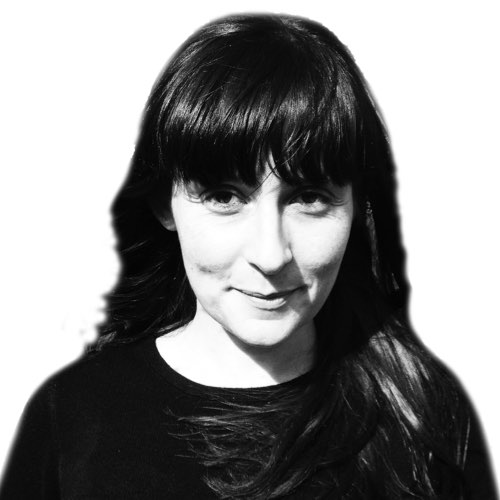The idea of ‘normal’ is frighteningly powerful, and both seductive and difficult to deal with. Imagine being told that you are average. Do you feel happy with that? What about being told you are abnormal? Even worse?
Children are terrified of being abnormal. To be labelled ‘the weird one’ at school is a social disaster, and the same fear can persist well into our adult lives. But how do we know what’s normal or not
Children’s milestones
The temptation in the West to be able to map out expectations for children is huge. There are apps, wallcharts, books, TV programmes, all dedicated to explaining what children usually do and by when. At best these are interesting and reassuring; at worst they are anxiety-provoking and prescriptive.
I know from carrying out assessments of children to screen for particular needs, that taking a detailed developmental history of these kinds of milestones can be very useful. If there is a pattern of several milestones being significantly delayed, alongside current difficulties in social relationships or other areas, it might lead us to wonder whether a child has a developmental disorder, and needs extra input to reach his or her full potential.
Read more about children:
- Screen time can delay development in children
- Thumb-sucking and nail-biting children show fewer allergies
On the other hand, when I think about my own milestones, I talked when I was two years old, walked at twelve months and learned to ride a bike in my thirties. This last one especially could be seen as developmental delay, but I don’t think I’ve got a developmental disorder. For every graph that shows a normal track of development, there will be children who develop faster and more slowly, and children who develop more quickly in some areas and more slowly in others. Some of this depends on what is expected of us, and what our environment allows us to practise.
In other parts of the world children may have full-time care of their younger siblings, or be involved in carrying water for long distances or tending cattle for long periods. In the UK this would be considered too much of a burden of responsibility and risk. Different cultural contexts can differ even within the same country, and provide children with different possibilities for learning. A lot of these are related to socio-economic status or parental profession and can be either negative or positive.
Similarly, opportunities to learn can vary wildly across time within the same country as expectations change. In colonial America four-year-old girls knitted stockings and mittens and could embroider intricately. This isn’t the case now, although many four-year-olds are proficient at using a tablet computer, a skill that wasn’t available before. We are all constantly adapting to a changing world around us, and children perhaps most of all.
Adult milestones
Milestones are not the preoccupation solely of the anxious parent. We all keep an eye on what others around us are up to, and a check on what we should be doing. The questions we ask of one another reflect timelines we expect people to travel on, and social expectations often give a weird licence for personal questions. It’s common for people to ask newly married couples when they are going to try for children, or to ask long-term partners when they are going to get married. There is an unspoken expectation that we all aspire to go along the same trajectory.
Read more kids Q&As:
- Do children have a better sense of smell than adults?
- Why do young children pick their noses and eat it?
- Should children use mouthwash?
The problem with this is that there are just so many different ways of living a life. I’m not sure any cyclical or stage-based model ever captures the complexities of our human lives and relationships, and to expect it to do so is at best optimistic, and at worst a bit daft.
More than just not managing to grasp the reality of a situation, these models can end up being actively unhelpful. If our life and our family is doing what the model describes, then great, and it might then be useful to think about common patterns or reactions – but if not, where does that leave us?
It leaves us wandering about not only with no clear map of where we are or should go next, but also with a sense that everybody else is following a clear path, and that we have somehow gone off track. Nightmare.
Going off track
Whether or not we agree with the still-dominant ideas about various stages of life, perhaps the ultimate luxury is the confidence and ability to choose to go off track.
Developmental milestones in childhood provide a broad-brush picture of which skills we need to be acquiring in order to function. By the time we reach adulthood, all being well, we might be able to choose our own way through the social expectations of our cultures, and decide for ourselves which personal milestones to aim for.
BLUEPRINT:How our childhood makes us who we are by Lucy Maddox is available now (£14.99, Robinson)
Follow Science Focus onTwitter,Facebook, Instagramand Flipboard
